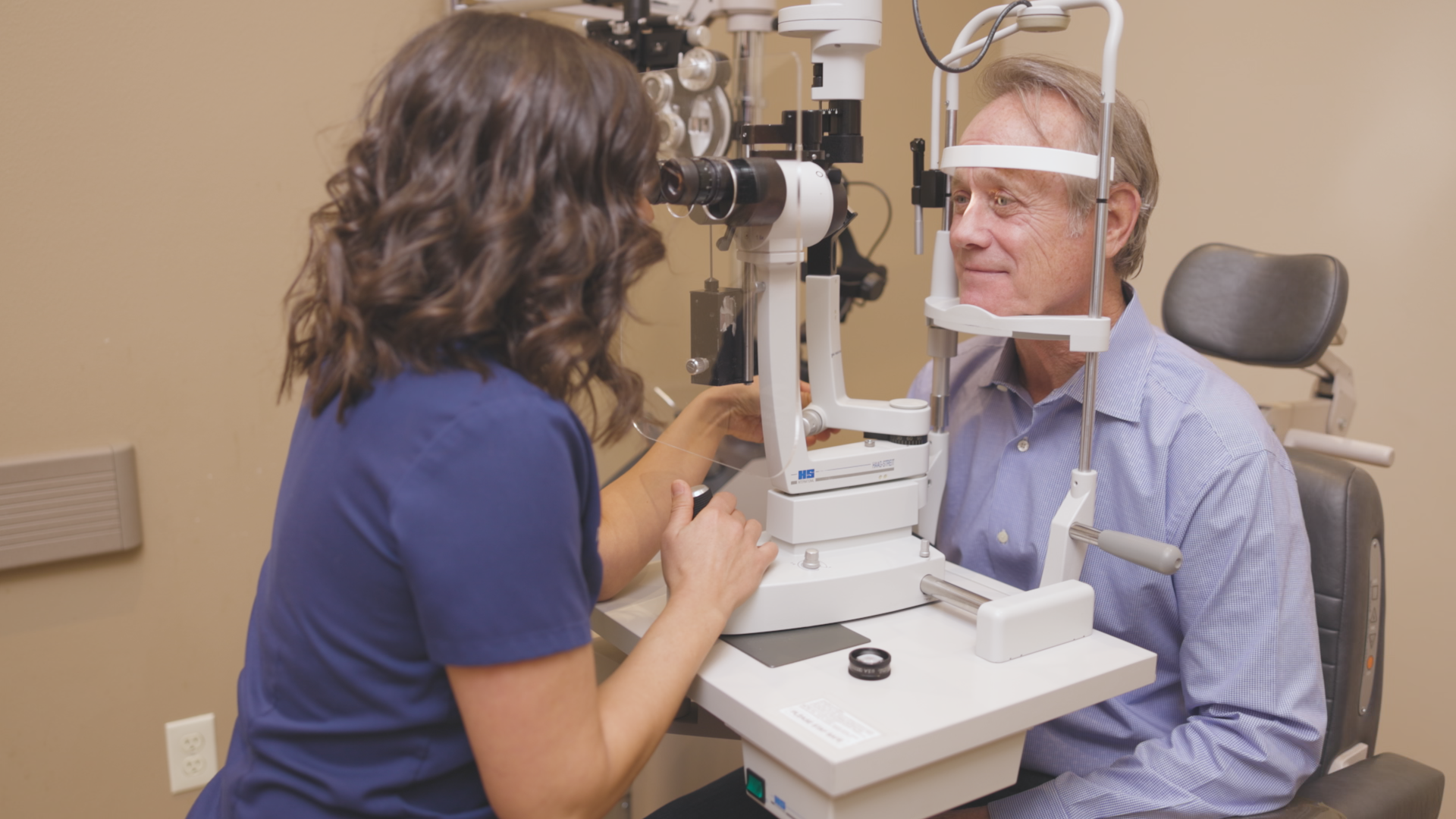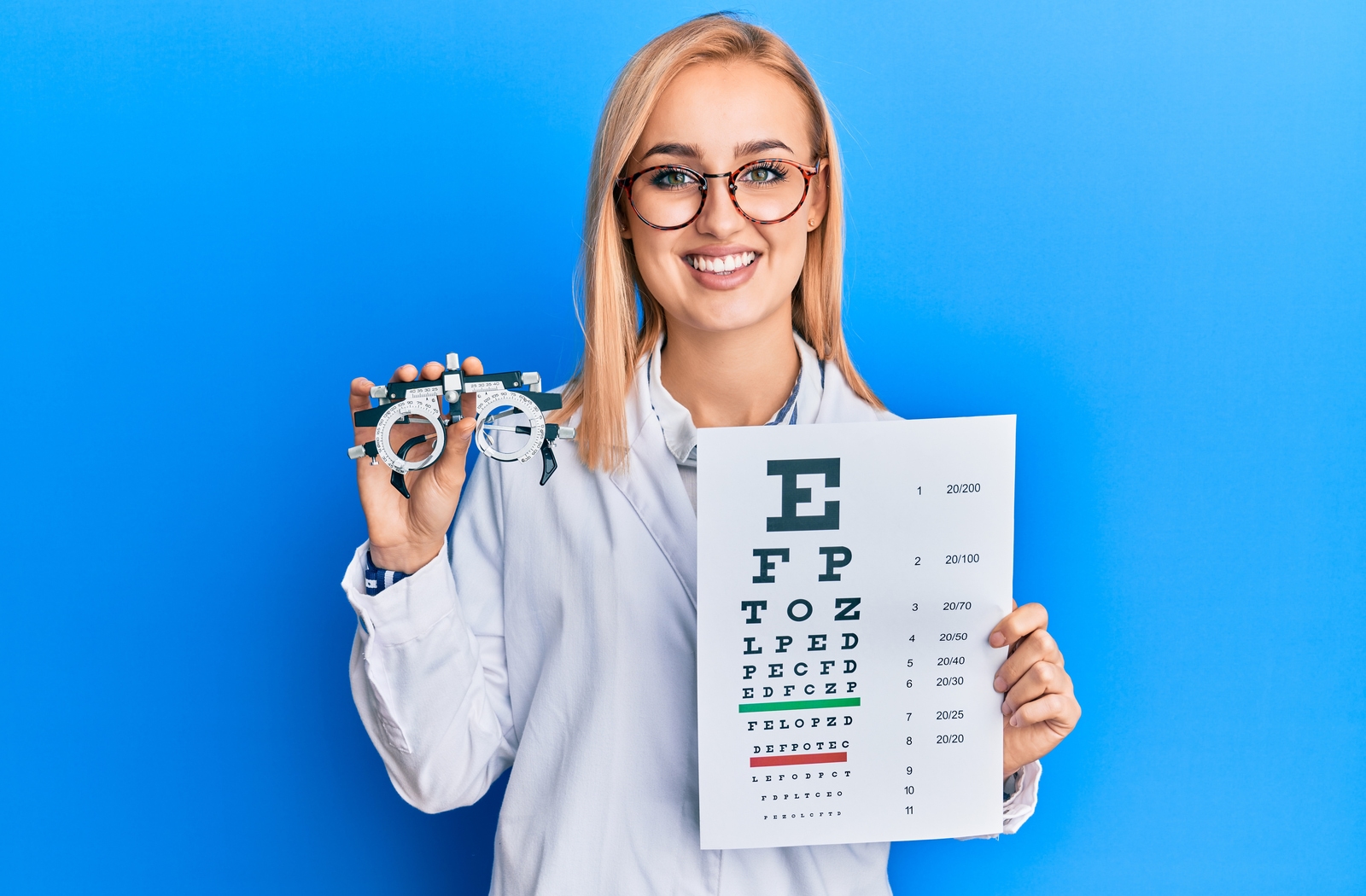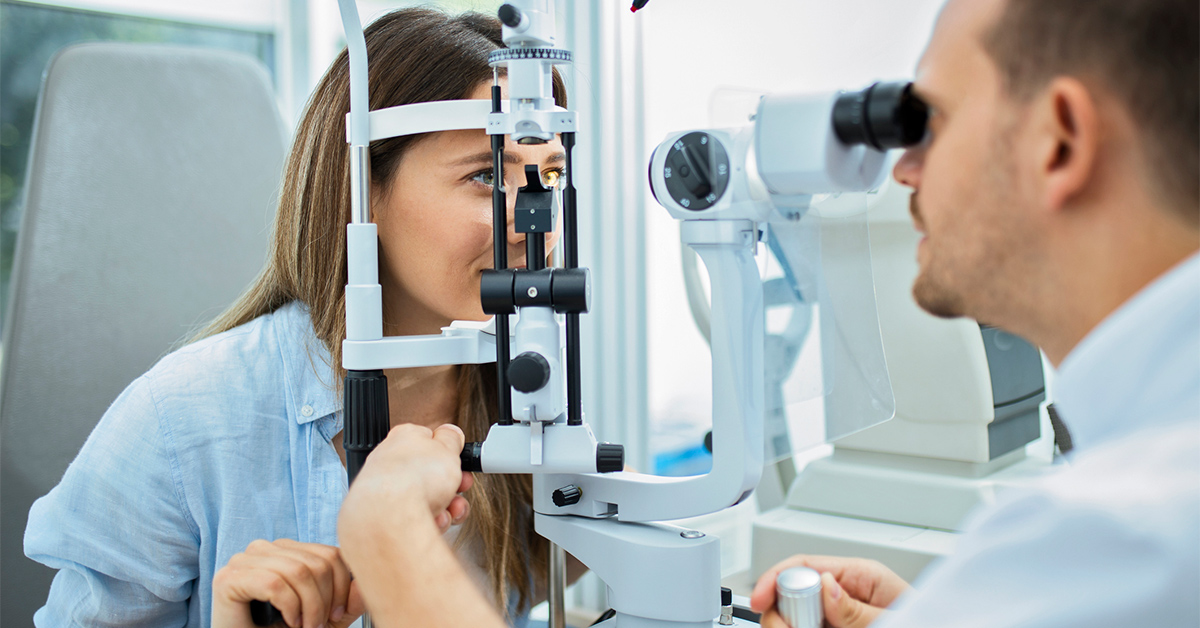Why Selecting an Eye Doctor Optometrist is Vital for Your Eyes
Why Selecting an Eye Doctor Optometrist is Vital for Your Eyes
Blog Article
Exploring the most up to date Technical Advancements in Optometry and What They Mean for Optometrists
In the ever-evolving field of optometry, current technological innovations are reshaping how specialists approach eye treatment. From the accuracy of Optical Coherence Tomography to the nuanced understandings offered by AI-driven analysis devices, these advancements are setting brand-new standards in patient analysis and treatment. Teleoptometry is positioned to redefine access, making certain that competence transcends geographical constraints. As these developments permeate the technique, optometrists are confronted with the challenge of welcoming these tools to boost individual outcomes. The concern continues to be: how will these technical shifts redefine the functions and obligations within the occupation?
Technologies in Diagnostic Equipment
Advancing the area of optometry, innovations in analysis tools have actually revolutionized the way eye treatment specialists examine and detect visual impairments and ocular conditions. The past years has experienced significant technological advancements, making it possible for more detailed and exact assessments.
Another trick innovation is the introduction of advanced corneal topography systems, which map the surface area curvature of the cornea with accuracy. These devices are specifically useful for fitting get in touch with lenses and identifying corneal conditions. Moreover, digital retinal imaging has transformed conventional ophthalmoscopy, providing in-depth, panoramic sights of the retina that assist in complete visual assessments.
The growth of wavefront aberrometry has actually likewise been crucial, making it possible for the evaluation of refractive errors with unequaled precision (Eye Doctor Optometrist). This technology assists in customizing rehabilitative lenses and enhancing surgical end results for refractive surgical procedures. Collectively, these diagnostic innovations encourage eye doctors to supply premium individual care, making sure early intervention and tailored therapy strategies, inevitably boosting visual health end results
AI in Individual Administration
Building on the structure of sophisticated diagnostic devices, the consolidation of expert system (AI) in individual monitoring represents a transformative jump for optometry. AI systems are significantly employed to boost performance, precision, and personalization in person treatment. By examining vast amounts of data, AI can determine patterns and anticipate potential eye conditions, making it possible for eye doctors to tailor interventions much more successfully. This ability is vital in taking care of persistent eye illness such as glaucoma and diabetic retinopathy, where very early discovery and constant tracking are essential.
In addition, AI-driven systems help with streamlined individual interactions and management procedures. Automated scheduling, digital examinations, and individualized follow-up strategies not only improve person complete satisfaction but also optimize time monitoring for specialists. These systems can triage individuals based on the seriousness of their problems, guaranteeing that those in vital need obtain prompt focus.
In addition, AI boosts decision-making by offering optometrists with evidence-based recommendations and therapy pathways. By incorporating data from electronic health and wellness documents, AI tools offer understandings that educate scientific choices, reducing the risk of errors and enhancing person outcomes. As AI proceeds to evolve, its role in person management will likely increase, improving the landscape of optometric care.
Advancements in Retinal Imaging
In the world of optometry, retinal imaging has witnessed impressive technical developments that are improving analysis abilities and patient care. Innovations such as Optical Coherence Tomography (OCT) and fundus photography have transformed how eye doctors assess the retina and imagine. OCT, particularly, offers high-resolution, cross-sectional photos of the retina, permitting the comprehensive evaluation of its layers. This capability is very useful for very early detection and management of problems like glaucoma, diabetic person retinopathy, and age-related macular deterioration.
Enhanced imaging techniques like OCT angiography are additional refining diagnostic accuracy. This non-invasive strategy maps blood flow in the retina, supplying critical understandings into vascular wellness without the requirement for color injections. Furthermore, adaptive optics modern technology is being integrated right into retinal imaging systems to deal with ocular aberrations, delivering unprecedented picture clarity. Such advancements assist in the recognition of minute retinal adjustments that might indicate condition development.
In addition, advancements in expert system are increasing retinal imaging by allowing computerized evaluation of huge datasets. These systems assist optometrists in determining patterns a sign of pathology, thereby improving analysis precision and performance. Jointly, these developments are transforming retinal imaging into a foundation of contemporary eye treatment, improving outcomes and broadening therapeutic possibilities.
Teleoptometry's Growing Function
Teleoptometry is progressively coming to be a crucial element of eye treatment, driven by improvements in electronic interaction and diagnostic click for info tools. As optometry accepts electronic transformation, teleoptometry helps with remote assessments, permitting optometrists to prolong their solutions beyond traditional borders. This is particularly helpful in underserved and rural areas where access to specialized eye treatment is commonly minimal. By leveraging high-resolution video clip conferencing and advanced retinal imaging, eye doctors can perform comprehensive eye examinations from afar, making certain prompt diagnosis and therapy.
The integration of expert system (AI) additional boosts teleoptometry, enabling go the evaluation of visual information and helping in the detection of eye problems such as glaucoma and diabetic person retinopathy. AI-powered algorithms can quickly analyze intricate imaging information, supplying eye doctors with beneficial understandings that bolster clinical decision-making.
Furthermore, teleoptometry supports connection of treatment via seamless assimilation with electronic health and wellness records (EHRs), permitting optometrists to preserve thorough client histories. This guarantees that clients receive tailored and consistent care also when talking to various practitioners.
Despite these benefits, challenges continue to be, including making certain information protection and handling patient assumptions. However, teleoptometry stands for a considerable stride in the direction of even more available, effective, and patient-centered eye care. As modern technology progresses, its role is poised to increase further.

Future Trends in Eye Care
A myriad of cutting-edge fads is readied to improve the future of eye treatment, driven by technical advancements and the developing requirements of individuals. One considerable trend is the combination of expert system (AI) in diagnostics, which promises to enhance the accuracy and efficiency of eye exams. AI algorithms can analyze large quantities of information from retinal photos, potentially discovering conditions like diabetic retinopathy and glaucoma earlier than conventional approaches.
Moreover, individualized medicine is gaining grip in optometry, with hereditary testing notifying personalized therapy strategies. This strategy intends to optimize person results by customizing interventions to private hereditary profiles. Wearable modern technology, such as wise call lenses, is likewise coming up, supplying real-time tracking of intraocular pressure or sugar degrees, thus supplying continual understandings right into ocular and systemic wellness.
The adoption of increased fact (AR) and digital fact (VIRTUAL REALITY) in training and individual education and learning is another emerging trend. These innovations use immersive experiences that can improve understanding and skills both for optometrists and individuals. As these trends develop, optometrists have to stay abreast of technical advancements to offer sophisticated treatment, making certain better patient end results and contentment in the dynamic landscape of eye care.
Conclusion

Jointly, these analysis developments empower optometrists to supply superior person care, making certain very Web Site early treatment and customized therapy methods, inevitably enhancing visual wellness outcomes.

As these innovations continue to advance, optometrists should adjust and include them right into method, inevitably optimizing workflow performance and raising the criterion of eye treatment provided to patients.
Report this page